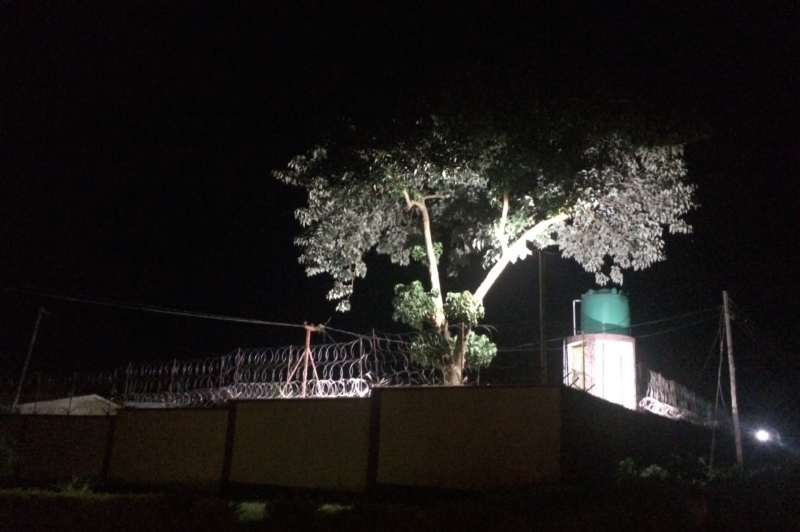Lilongwe – Characteristics of social security after dusk
During the 7th European Conference on African Studies in Basel (CH), I presented together with Rebekka Keuss an analysis of the nocturnal characteristics of Lilongwe, the capital of Malawi.
When “cities, like cats, will reveal themselves after dark”, as English poet Rupert Brooke claimed over a century ago, then what is it that nightlife in a Malawian city like Lilongwe would reveal? Prompted to synch the rhythms of everyday life with early dawns and early darkness, the people of Lilongwe, at a first glance, appear to withdraw from the urban landscape when night falls. Yet, life continues and where it continues it depicts a kind of Malawi that is unvarnished as it brings to light what choices people make when potential nocturnal dangers await.
In an environment that is marked by low densities, more walls than open space bordering its streets and very limited transport options past a certain time of the day the people in Lilongwe have come up with a number of coping strategies in order to face the nightly nuisances and dangers. They have developed social security practices that both originate in shared knowledge and continuously extended new forms of social security. However, certain groups of people have begun to lose their ability to cope with the nocturnal city, as Barbara A. Rohregger argues.
The night life of Lilongwe unfolds a world of segregation and integration, of open and closed doors, of laughter and crying and it sounds, smells and feels like a city that may have grown accustomed to the general decelerated life after dark but shows no sign to decelerate when pockets of light brighten the nocturnal urban landscape. Within such an environment, daylight social security practices are being rearranged in order to make space for new encounters and practices that may not be possible otherwise.
